Introducing Suriname
The first inhabitants of Suriname were the Amerindians and in the early years of colonization people from Africa were brought to the country to work as slaves at the plantations in primarily the coastal area. A number of African slaves managed to escape the plantations and fled into the interior where they re-established their western African culture in what is known today as Maroon villages. After the abolition of slavery Chinese, Indian and Indonesian laborers were imported to work on the plantations as indentured laborers.
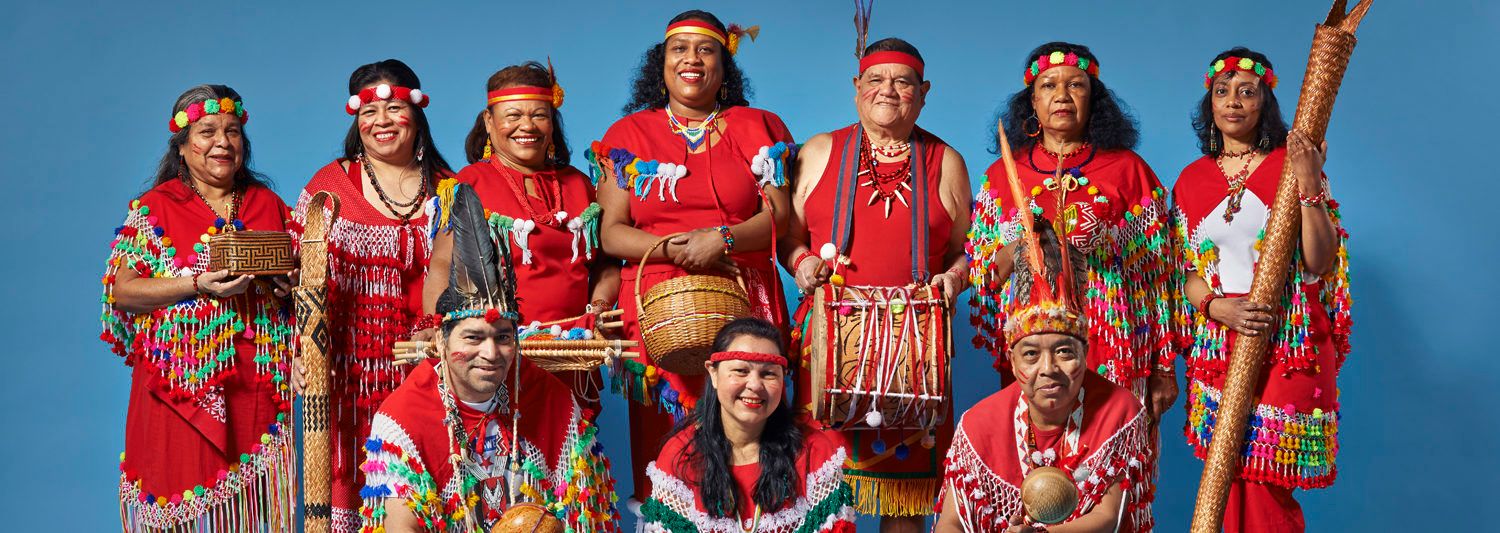
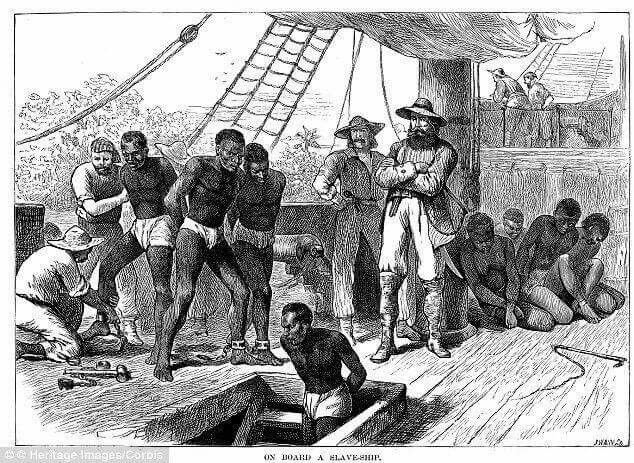
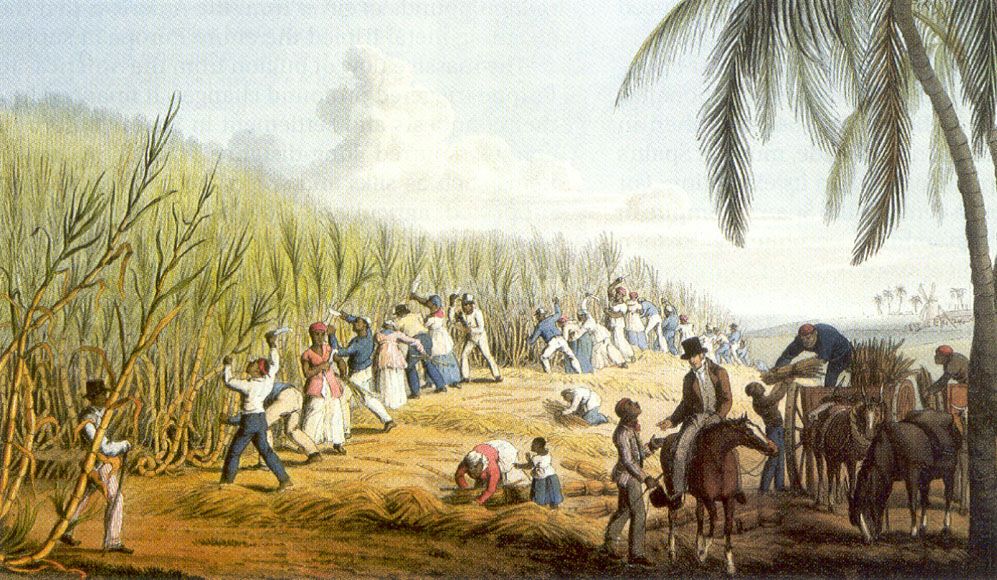
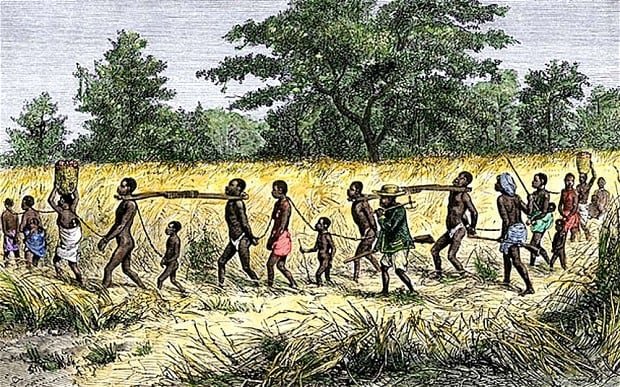
As a result of this Suriname is a multiethnic, multicultural, multilingual, and multi-religious country and probably one of the most colorful and unique societies in the world.
Most of the descendants of the different ethnic groups preserved their cultural identity and today one can witness Dutch architecture, Hindu traditions, Javanese costumes, Chinese dances, African rites and Amerindian folklore in different parts of the country.
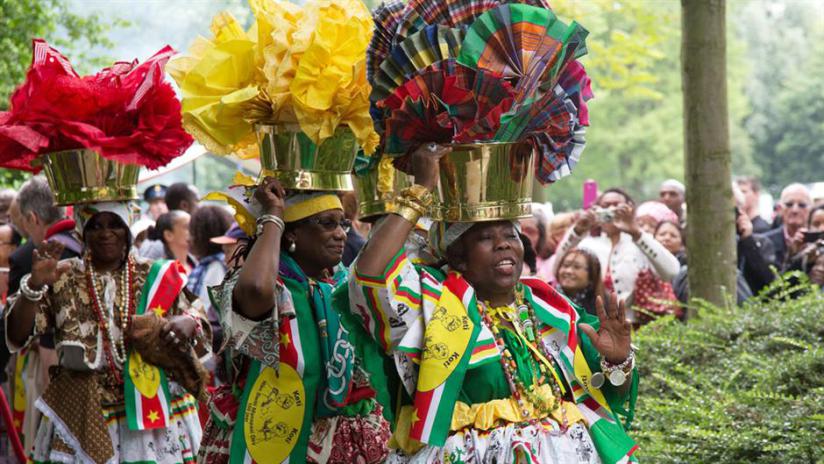
Other than the six ethnic groups that frame the modern Surinamese culture, Brazilians and a new flow of Chinese immigrants added an extra dimension on the society over the past few years. These relatively new migrants moved to Suriname for job opportunities in the gold mines, the entertainment industry in the city and for commercial purposes (mainly retail business) nationwide.
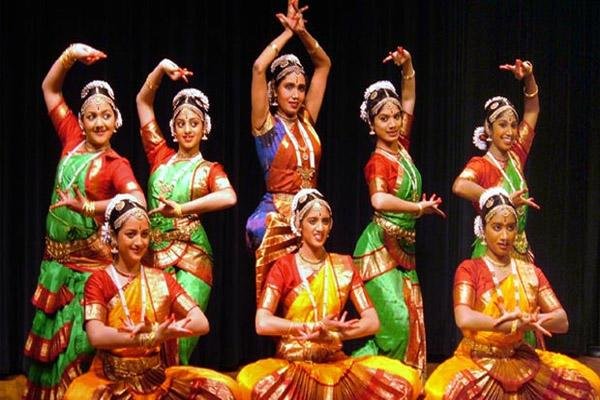
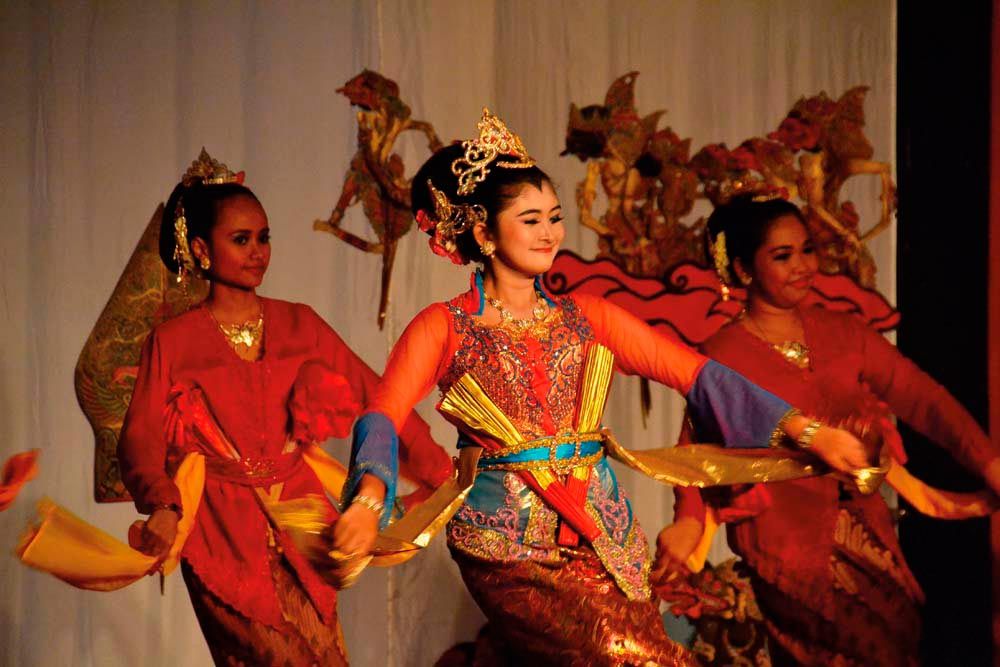
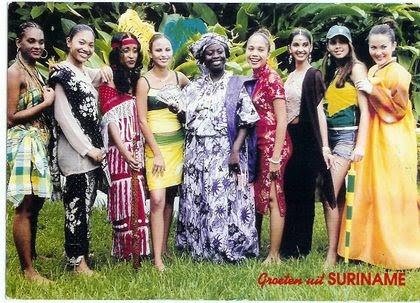
Music, traditions, food, architecture, habits and languages that are spoken in Suriname are all closely linked to the multi-faced history of Suriname where people from different parts of the world played a major role in what Suriname became today.

Source: surinametourism.sr
help help,, please follow me @martunisa
Thanks for voting. Appreciate it. Please follow me as well.
Great post all the best. follow me @anbannathan
Thanks for voting. Appreciate it. Please follow me as well.
https://steemit.com/@dangdinhnguyen fl me . thanks
Thanks for voting. Appreciate it. Please follow me as well.
Leuk artikel!